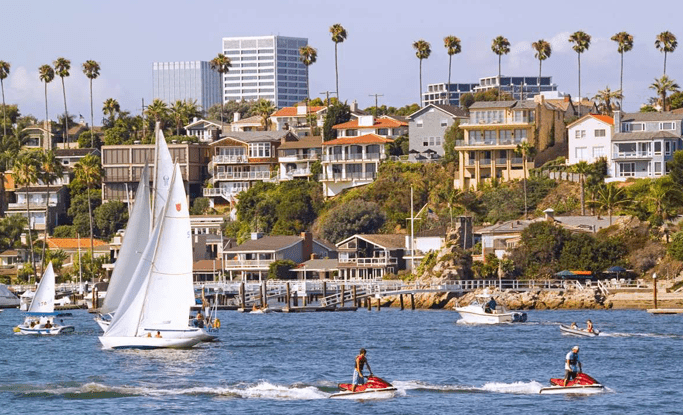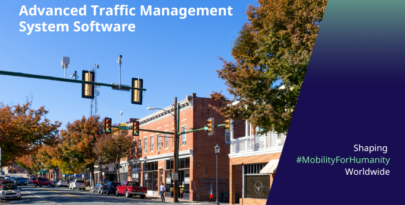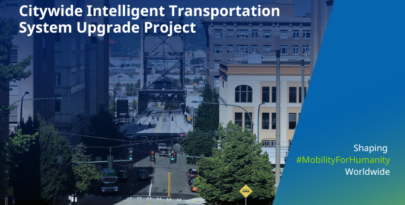CHALLENGE
Newport Beach regularly faces weekend and summer tourist traffic crushes, and can see its population triple in mere hours as traffic counts exceed 100,000 vehicles along all corridors leading to the beach areas. The City’s 25-year old traffic system (which was no longer supported) placed a significant burden on the City’s four-person Traffic Engineering Division. The lack of system reliability required at least one traffic engineer to service non-operating intersections on a seven-day-a-week basis. Moreover, signal timing changes were reactive and required a traffic engineer to physically make changes at each intersection while communicating via radio with another engineer at City Hall. The reliability of the system degraded to the point that signals failed regularly, and the resulting traffic “friction” and “distraction” often paralyzed mobility.
EXECUTION
In 2010, the City began deploying a new centralized advanced transportation management system (ATMS) as part of their 2007 Traffic Signal Modernization project, upgrading nearly 120 intersections. Designed to improve system reliability, streamline operations, and help enhance mobility, the new system utilizes Econolite’s Centracs ATMS and ASC/3 controllers, as well as an independent, standalone CCTV system.
RESULTS
Due to Centracs’ design, intersection integration now takes minutes rather than hours, and more than half of the City’s intersections have already been brought online. Additionally, the entire system is controlled at the City’s Traffic Management Center (TMC) located at City Hall, enabling traffic engineers to remotely track signal operations, traffic flow, and adjust signal coordination and timing in real time. The new system also enables engineers to proactively re-time signals and monitor for roadway construction, traffic incidents, special events, emergency situations, and even weather.



